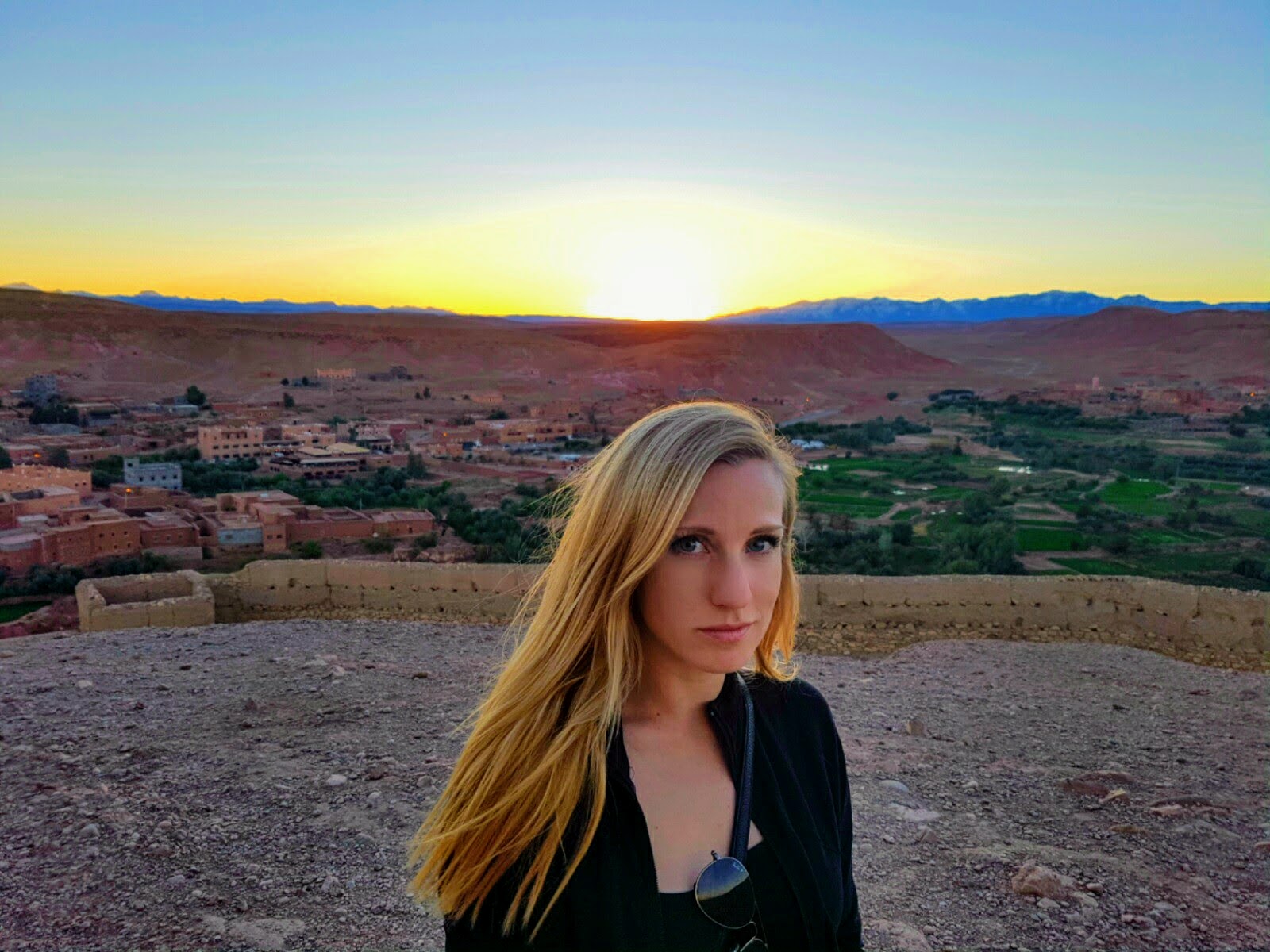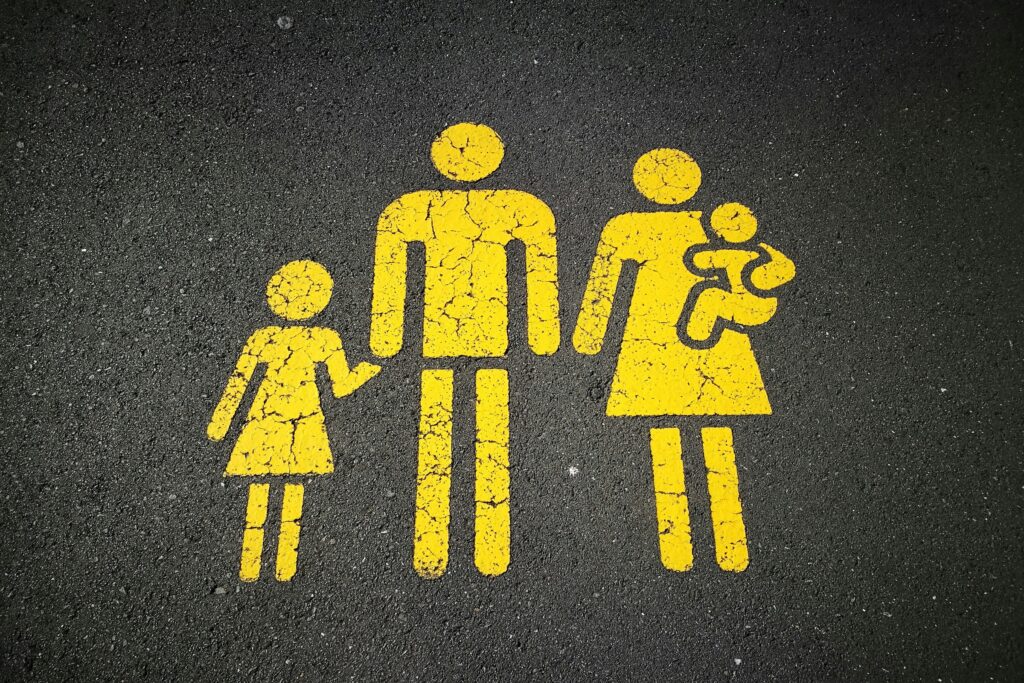Photo by Sandy Millar on Unsplash
Nowadays, there is increased awareness of diversity issues and organizations often aim to foster inclusivity and attract talent from underrepresented groups. The emphasis on diversity is often underscored both for its potential impact on business performance as well as the ethical responsibility to not incidentally overlook or disadvantage certain groups.
Organizations frequently express their commitment to diversity through various channels, such as diversity statements on their websites. Through the diversity statement, the organization declares its commitment to fostering diversity, equity, and inclusion within its workforce. These statements typically list various identities or showcase images of groups they aim to welcome. However, identity groups are often presented in isolation, rather than acknowledging their intersectionality, hindering the overarching goal of inclusivity.
While the goal of increasing diversity in organizations is commendable, the communication of this goal faces challenges that must be addressed for more effective outcomes. Research (see the recommended literature below) suggests that organizations advocating for diversity should understand the impact of language and image cues to create a genuinely inclusive environment.
Why is it crucial to acknowledge the intersectionality of marginalized identity groups?
The conventional portrayal of individuals with marginalized identities tends to overlook intersectional identities, which perpetuates stereotypes of what a given group is. Businesses striving for diversity should consider the lack of intersectional inclusivity evident in social group labels. The use of a group label for one group does not cue diverse, intersecting groups. For example, the first idea of a “woman” that comes to mind is typically a young, White, straight, cis-gendered woman. Gender diversity initiatives should be careful not to be accidentally non-inclusive of diverse age, race, and sexual orientation identities.
Individuals who belong to multiple marginalized groups may be particularly likely to be overlooked. An older man is typically imagined to be straight, and a gay man is typically imagined to be young, hence older gay men do not easily come to mind (see: Coladonato, Carnaghi, Ciosk, Bianchi & Piccoli, 2023). Black women are similarly disadvantaged as they do not come to mind first either when the label “Black people” is used, nor “women” (see: Purdie-Vaughns & Eibach, 2008, and research currently under review: Ciosk & Carnaghi, 2024).
To address the lack of intersectionality in group representation, organizations could explicitly mention marginalized intersectional groups such as older gay men or Black women in their communication. Likewise in images, organizations should seek to avoid bias towards particular intersecting groups; for example, avoid a racial minority member more often being represented by a man than a woman. Recognizing and addressing these nuances is essential for fostering a more inclusive workplace.
Having contact with particular marginalized groups, or being aware of their high prevalence in the general population, does not necessarily make it easier for these groups to come to mind. For example, in a recent research project I led (currently under review), in South Africa people acknowledge that Black people outnumber White people, but when thinking about a “woman” or “man”, people still tend to think of a White woman or White man. Therefore, initiatives to attain gender diversity should not solely focus on a numerical increase in representation (although that’s also valuable), but in addition, consider the way in which the groups are represented.
Ultimately, organizations should ensure that diversity communication embraces the intersectionality of identities and addresses the unique challenges faced by individuals with multiple marginalized identities. Additionally, promoting gender diversity should go beyond numerical representation, as the prevalence of groups does not automatically challenge existing stereotypes.
Recommended Readings:
Bailey, A. H., LaFrance, M., & Dovidio, J. F. (2018). Is Man the Measure of All Things? A Social Cognitive Account of Androcentrism. Personality and Social Psychology Review, 23(4), 307-331.
Coladonato, R., Carnaghi, A., Ciosk, M. A., Bianchi, M., & Piccoli, V. (2023). A Cognitive Look at the “Invisibility” of Older Gay Men Within the Categories ‘Gay Man ’and ‘Elderly Man’. Journal of Language and Social Psychology, 42(2), 231-244.
Devos, T., & Banaji, M. R. (2005). American= white? Journal of Personality and Social Psychology, 88(3), 447.
Ghavami, N., & Peplau, L. A. (2013). An intersectional analysis of gender and ethnic stereotypes: Testing three hypotheses. Psychology of Women Quarterly, 37, 113–127.
Purdie-Vaughns, V., & Eibach, R. P. (2008). Intersectional invisibility: The distinctive advantages and disadvantages of multiple subordinate-group identities. Sex Roles, 59, 377–391.

Language and images — Social inclusion through subtle cues in organisational communication (Italy)
